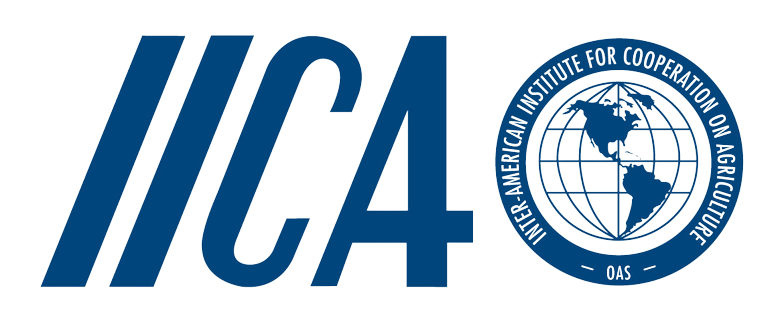Returns to Disease Resistance Research When Pest Management Is an Option
Resistant cultivars offer a pathway to sustainable intensification by maintaining yields and reducing inputs in the face of disease pressure. Past studies of economic returns to crop breeding research for disease resistance measured farm-level benefits, by comparing yields for improved resistant varieties (RVs) to susceptible traditional varieties. This approach will poorly approximate actual research benefits if non-RV pest management options exist, because it does not account for farmer pest control behavior. We propose a unit cost model that controls for farm-level yields and pesticide inputs. The model estimates the difference in unit variable costs (UVC), with and without disease pressure for RV adopters and non-adopters, while holding pest control inputs, farm characteristics, and other factors fixed. We apply the model to data from 136 bean farmer households in northern Ecuador, where RV research is ongoing and fungicide use is widespread. We find no difference in UVC, with and without disease pressure for non-adopters. For adopters, UVC is 24% lower with disease pressure than without. This translates to an ex-post net present value (NPV) of USD 698,828 and an internal rate of return (IRR) of 17%, compared to an NPV of USD 887,391 and IRR of 29%, when accounting for yield differences only. The results oblige impact assessments to account for changes in yields and input costs when pest management is an option.
| Main Authors: | , , , |
|---|---|
| Format: | Artículo biblioteca |
| Language: | English |
| Published: |
Quito, EC: INIAP-EESC, 2022
2022-03-01
|
| Subjects: | AGRICULTURAL RESEARCH, BUSH BEAN, ECUADOR, IMPACT ASSESSMENT, |
| Online Access: | http://repositorio.iniap.gob.ec/handle/41000/5821 |
| Tags: |
Add Tag
No Tags, Be the first to tag this record!
|
| Summary: | Resistant cultivars offer a pathway to sustainable intensification by maintaining yields and
reducing inputs in the face of disease pressure. Past studies of economic returns to crop breeding
research for disease resistance measured farm-level benefits, by comparing yields for improved
resistant varieties (RVs) to susceptible traditional varieties. This approach will poorly approximate
actual research benefits if non-RV pest management options exist, because it does not account for
farmer pest control behavior. We propose a unit cost model that controls for farm-level yields
and pesticide inputs. The model estimates the difference in unit variable costs (UVC), with and
without disease pressure for RV adopters and non-adopters, while holding pest control inputs, farm
characteristics, and other factors fixed. We apply the model to data from 136 bean farmer households
in northern Ecuador, where RV research is ongoing and fungicide use is widespread. We find no
difference in UVC, with and without disease pressure for non-adopters. For adopters, UVC is
24% lower with disease pressure than without. This translates to an ex-post net present value (NPV)
of USD 698,828 and an internal rate of return (IRR) of 17%, compared to an NPV of USD 887,391 and
IRR of 29%, when accounting for yield differences only. The results oblige impact assessments to
account for changes in yields and input costs when pest management is an option. |
|---|



